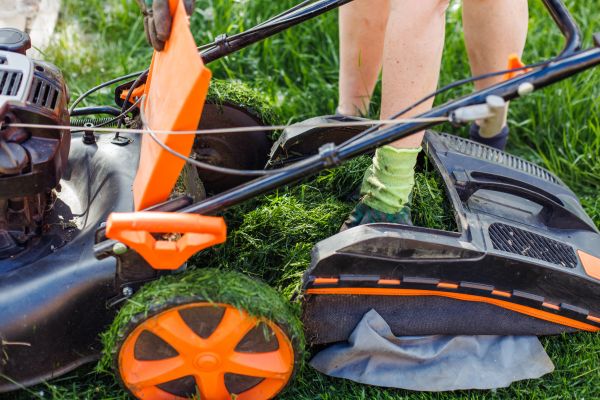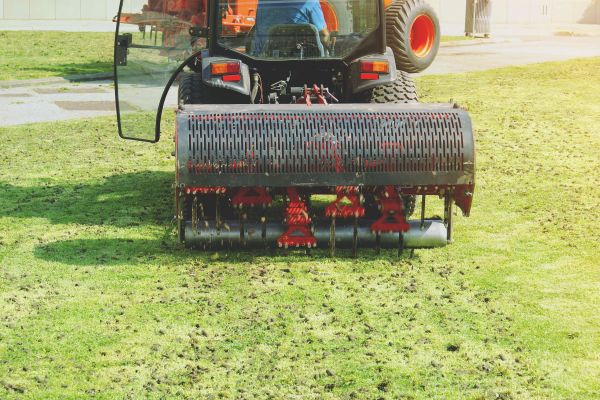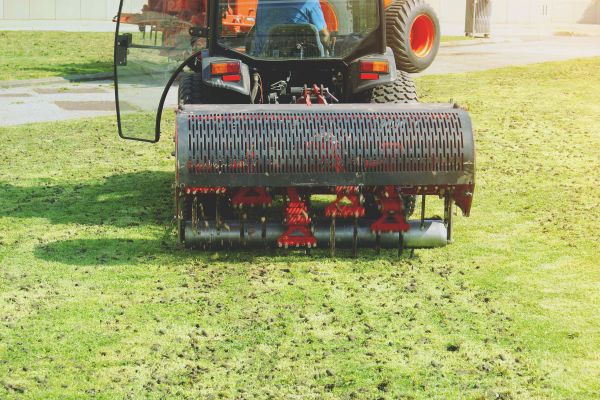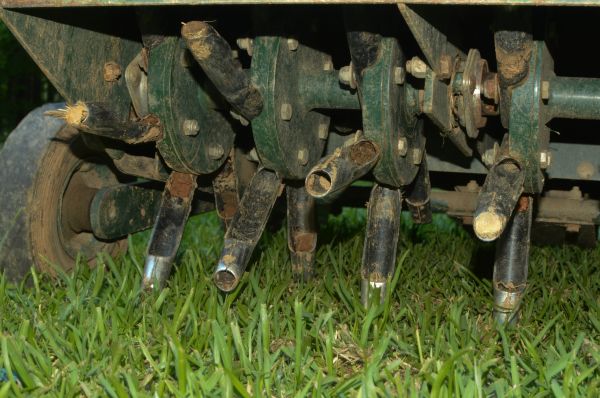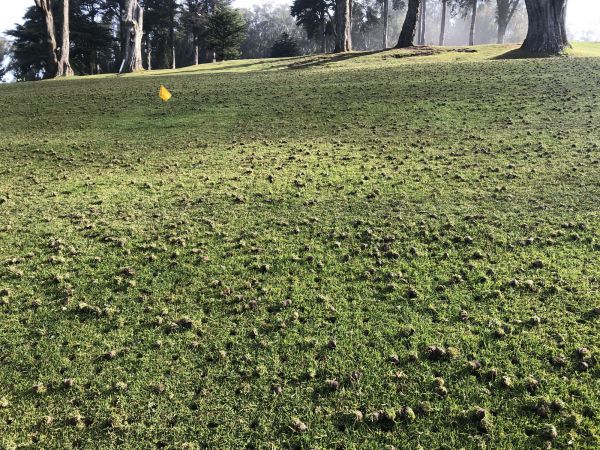Residential Lawn Aeration
Connect with experienced local pros.
Residential lawn aeration is a crucial maintenance practice that involves perforating the soil with small holes to allow air, water, and nutrients to penetrate the grass roots. This process helps the roots grow deeply and produce a stronger, more vigorous lawn. Over time, soil can become compacted, reducing the flow of these essential elements. Aeration alleviates soil compaction, enhances root development, and ultimately leads to a healthier and more resilient lawn. Regular aeration is vital for maintaining the beauty and vitality of your lawn, ensuring it remains lush and green throughout the growing season.
Benefits of Residential Lawn Aeration
-
Improved Soil Health: Aeration helps break up compacted soil, allowing oxygen, water, and nutrients to reach the roots more effectively. This improved access results in healthier soil, which supports robust grass growth.
-
Enhanced Root Growth: By providing roots with better access to essential nutrients and water, aeration encourages deeper root growth. Stronger roots mean your lawn can better withstand drought, heat, and other stressors.
-
Increased Nutrient Absorption: With aeration, your lawn can absorb fertilizers more efficiently. This ensures that the nutrients you apply are being utilized effectively, leading to a more vibrant and green lawn.
-
Reduced Water Runoff and Puddling: Aeration improves the soil's ability to absorb water, reducing runoff and preventing unsightly puddles. This ensures that water is used efficiently, promoting a healthier lawn.
-
Thatch Reduction: Aeration helps break down thatch, the layer of dead grass and roots that can build up on your lawn. Reducing thatch improves air circulation and prevents diseases and pests from taking hold.
FAQs About Residential Lawn Aeration
How often should lawn aeration be performed?
Lawn aeration is typically recommended once a year. However, lawns with heavy foot traffic or those with clay soil might benefit from more frequent aeration.
When is the best time to aerate a lawn?
The optimal time for aeration depends on the type of grass. For cool-season grasses, early spring or fall is ideal, while warm-season grasses benefit most from aeration in late spring or early summer.
Can I aerate my lawn myself?
While DIY aeration is possible with rented equipment, professional services ensure thorough and effective aeration, tailored to your lawn's specific needs.
What should I do after aerating my lawn?
After aeration, it's beneficial to water your lawn and apply a nutrient-rich fertilizer to take advantage of the improved soil conditions.
Fill out the contact form today to request Residential Lawn Aeration and experience the transformative benefits of a healthier, more vibrant lawn with professional care.

